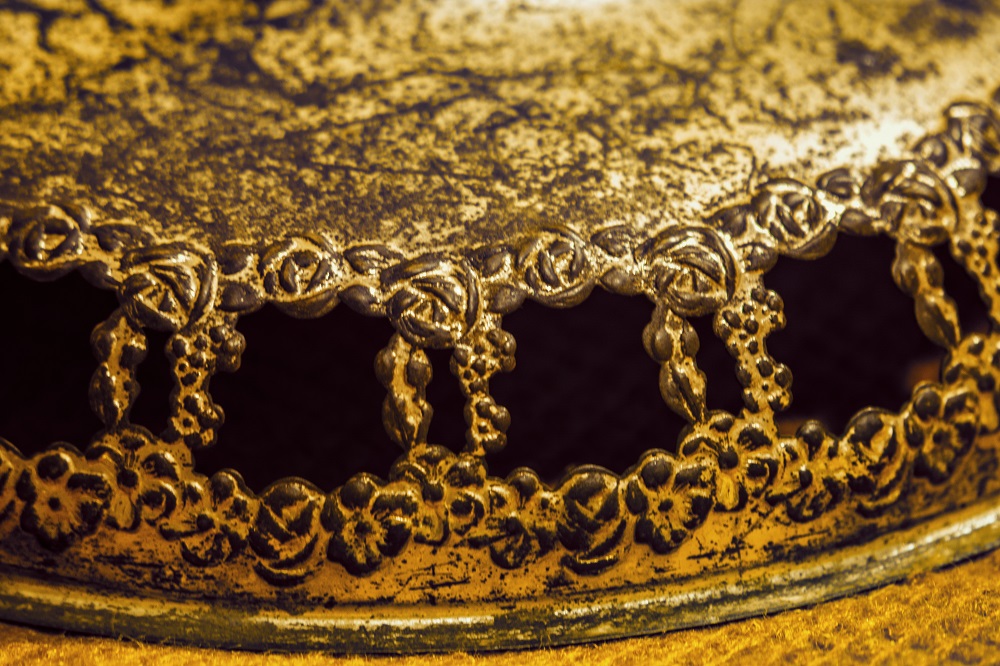The beauty and rarity of gold is well-known. It’s treasured by jewelers due to its brilliant color and historians who are in search of antique coins. For everyday applications, gold is found throughout our lives in smart phones, laptops and other electronics as this metal is crafted into gold-plated circuit boards. Applications will use gold alloys, also called karats, as well as gold casting grains placed into molds or used in 3-D printing processes to create an end product.
Gold Karat Characteristics
Pure gold is typically too soft to be used in casting for jewelry and other applications. A master alloy that consists of a base metal with other metal additives will be used to change and enhance the characteristics of the pure gold. In addition, virgin additives may be placed into the gold to give it specific properties or to change the color of the gold, such as adding palladium to create white gold, or pure silver to make green gold.
Karats signify the amount of pure gold that remains in the alloy. You will commonly hear about karats when creating jewelry, as the higher the karat number, the purer the gold alloy will be. So 24-karat gold will be pure gold, 22-karate gold will consist of 22 parts gold (91.70%) along with one or more additives alloyed into the metal, and 18-karat gold will be 18 parts of gold (75%) with other alloys.
Types of Master Alloys and Virgin Additives in Gold Karat Alloying
The master alloys and virgin additives used in gold karat alloying will depend on what you want to enhance or inhibit in the melt. Some types to consider include:
Copper: Copper master alloys are often found in yellow gold, rose gold, gray-white gold and green gold karats. This metal alloy increases the hardness of the soft pure gold while still making it ductile for casting. It also provides exceptional electrical and thermal conductivity. Copper tends to turn gold the color pink, as other additives such as zinc or silver needs to be added if yellow gold is desired.
Zinc: Zinc is often put into white gold and yellow gold karat alloying. This low-melting, non-ferrous metal helps to lower the temperature so that gas porosity is reduced. It can also improve the quality of the surface’s appearance, provide more fluidity, and improve tensile strength.
Silver: Silver can be found in most gold karat alloying processes as it provides increased mechanical properties when hardening. It is soluble with gold and copper. Silver is also used to control the color for a desired appearance.
Silicon: Silicon is usually added to gold and copper master alloy to increase the fluidity during the melt. It can also decrease the sensitivity that gold alloy has to oxygen.
Master Alloy and Virgin Additive Benefits
Master alloys and virgin additives are involved with gold karat alloying to provide specific functions to the process. Some alloys work as modifiers to lower negative properties or to increase beneficial properties already present in the gold. The alloys may provide additional strength, hardness or durability.
Certain metal alloys may also be used to deoxidize the melt when there is too much oxygen and other gases present that can create porosity. The gas is released to the surface to lower melt loss of the gold. The karat alloying can then proceed with more successful melt processes.
Grain refinement is also another benefit that master alloys and virgin additives provide. Alloys can promote finer, small crystal sizes with faster crystallization as the grains become uniform. When these gold casting grains are added to the melt, heat is transferred more evenly throughout and results in a consistent melting process that provides better quality to the crafted item.
Whether you are manufacturing jewelry, electronics, or other products, gold can be used to create a superior product for the specific application. If you are looking for non-ferrous metals and master alloys to add into the gold karat alloying process, contact Belmont Metals.

